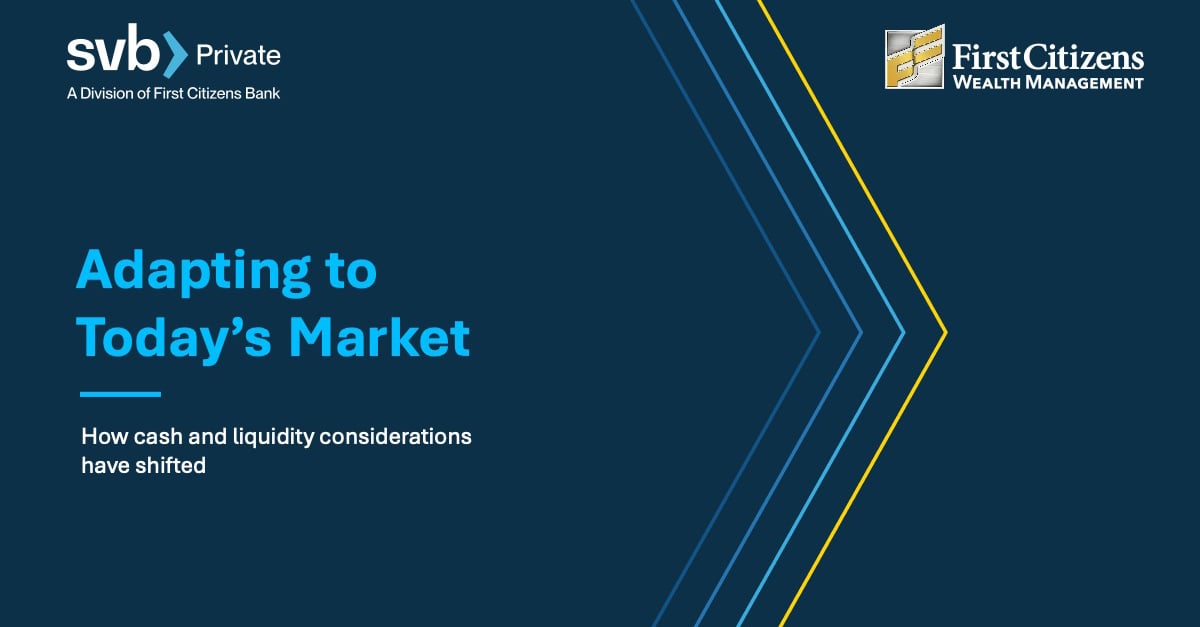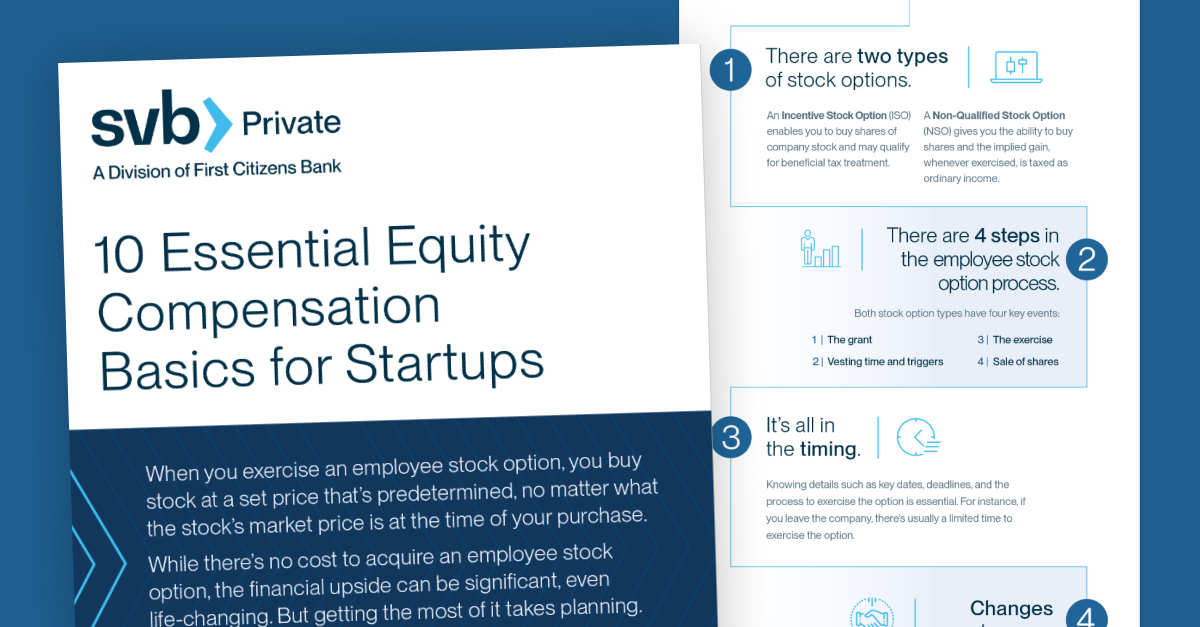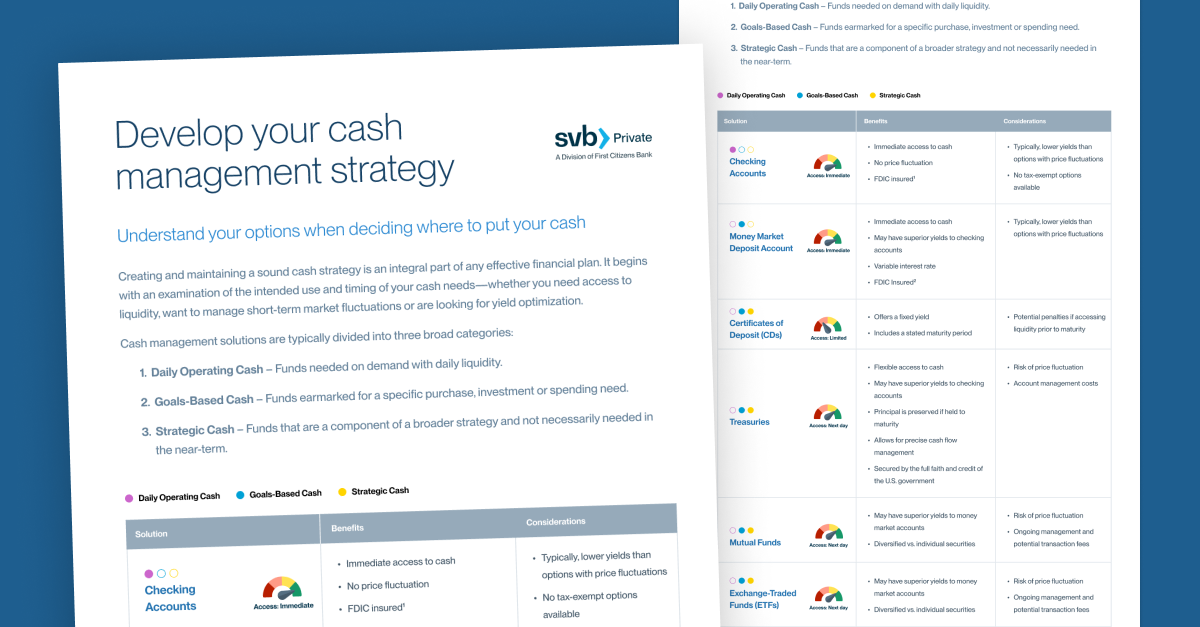A guide to getting early liquidity through secondary transactions
There has been a sharp increase in the number of founders who choose to access liquidity by selling some of their shares early on. No longer do founders need to have Founders; Preferred Shares to get liquidity while still private. They are now liquidating some equity as early as a Series B round of financing and, in some cases, even in the Series A round.
Such transactions enable both founders and early employees to deal with the financial pressures of making ends meet on lower salaries, especially in regions where the cost of living, notably housing, is extremely expensive. Reducing financial pressures can allow founders to stay focused on the long-term growth of the company and to reduce the allure of an early exit, often benefiting both the founders and the investors.
Typically, these secondary transactions are done in conjunction with raising a round of financing, and it is a good opportunity to give liquidity to family & friends that invested early on or seed stage investors to reduce the number of shareholders on the books or allow early employees to gain liquidity alongside the founders. Your early supporters that invested in at the seed stage benefit from this effort by getting an opportunity to gain liquidity at the same time allowing the company to reduce the number of shareholders they have.
Before embarking on a secondary transaction, there are several considerations that founders should discuss with their legal and tax experts. Some of the most important considerations are:
-
Impact on the company’s 409A valuation.
-
Impact on QSBS for existing shares as well as future purchases.
-
Tax implications for liquidating shareholders.
-
Plan for 1) who will be allowed to sell and 2) who will determine the purchase price.
There also are multiple ways to structure these transactions, although they frequently fall into one of three scenarios. Each of these scenarios carries major implications requiring deep consideration by founders, with advice from accounting and legal experts. Let’s dig into some of the important differences and considerations of each.
Scenario one
At the close of raising a round, the company opts to repurchase common stock from a select group of individuals, typically founders, some employees and even early-stage investors.
Planned in advance in collaboration with the board and investors, some of the cash raised at the close of the round is used to purchase common stock from founders, employees or early seed-stage investors. There are several considerations: If the repurchase share price is greater than the 409A share price, it’s always good practice to consult with legal and tax experts, including the 409A valuation provider, and get their opinions on how this price delta might affect future valuations. Second, any premium over the 409A value price will likely be treated as ordinary income, not capital gains. This should be confirmed by tax experts within the company as well as by the individual shareholder. Any repurchase beyond 5% of the outstanding shares could likely endanger QSBS (Qualified Small Business Stock) treatment on shares acquired a year before and a year after the transaction. Learn more about QSBS
Scenario two
At the close of a financing round, an existing investor or board member agrees to buy some common stock at a pre-determined price.
In this situation, the 5% limitation for QSBS purposes doesn’t apply since the company is not doing a repurchase; however, the pricing amount can present some of the same 409A implications as a board member is engaging in the transaction. In addition, the tax implications may be just as complex as in Scenario One. If the price is being set by a board member who also approves compensation, it may be prudent to treat the excess paid over the 409A price as income, and this strategy should be thoroughly vetted by the experts. Additionally, if the shares being sold would otherwise qualify for tax treatment under QSBS, this exemption may not apply, and a tax expert should be consulted.
Scenario three
Shares are sold directly to a third party, which may or may not be a preferred stock shareholder.
In this situation, much of the risk of keeping the 409A price goes away if the pricing is done by the third party, and it is a one-time transaction. This situation is clearer from a tax perspective and will likely allow the sellers to be taxed at capital gains rates. If QSBS applies, the seller will likely be able to take the exemption. The most important step for the founder to consider is that the third party will be added to the cap table, and board approval for transfer will be critical.
Choosing the right investment partner is key to successfully reaching your financial goals. As always, prior to any transaction, one should consult with the experts. This includes company accountants, the company’s 409A value provider, legal counsel and seller’s personal CPA -- in addition, of course, to the company’s board of directors.
Here at SVB Private Bank, we are happy to work with you to determine the best liquidity solution to fit within your needs and help you meet your personal financial goals.
Read our other articles about Secondary Liquidity
-
Exploring Founder Liquidity Options - explores some of the many ways that a founder can get the liquidity they need and continue to build their business for the long term.
-
Understanding Founder Liquidity in Secondary Markets - examines the role secondary markets play in gaining liquidity, for both founders and other constituents.














